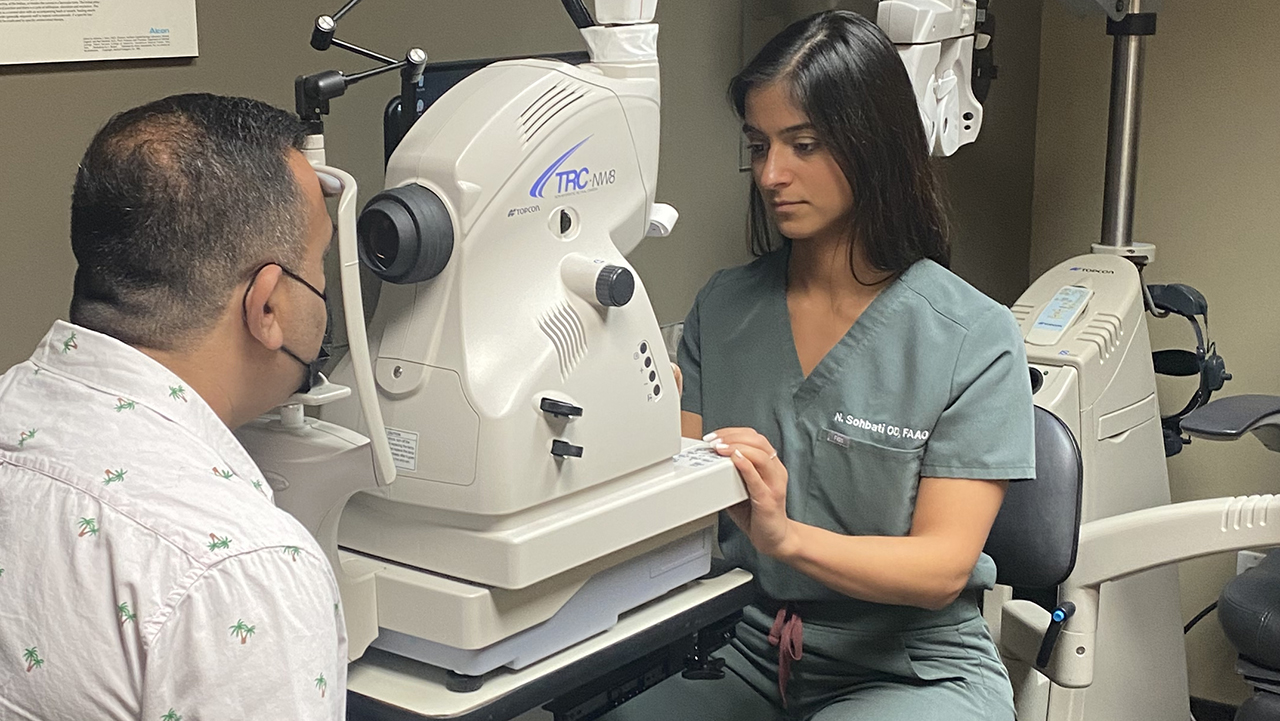
In 2014, University of Minnesota Center for Drug Design researchers Robert Vince, Swati More, and James Beach developed a specialized hyperspectral camera to test the effectiveness of an Alzheimer’s disease (AD) therapeutic they were developing.
The drug candidate showed promise in a preclinical model of AD, halting or preventing disease progression. The researchers were able to follow the progress of treatment using the hyperspectral camera. While the therapeutic development project is still ongoing, the principles of hyperspectral imaging formed the basis for the retinal imaging technology licensed by RetiSpec. The development of this technology was recently detailed in “Window to the Brain” in Mind Over Matter Volume 17, and RetiSpec’s use of artificial intelligence to analyze retinal images was profiled in the Wall Street Journal.
RetiSpec’s technology works by looking for changes in the retina that suggest early AD. Currently RetiSpec is conducting clinical trials at multiple optometry clinics and is hoping the cameras will be approved for everyday use in optometry clinics in early 2025. Individuals who exhibit these retinal changes would be referred to a neurologist for memory testing.
According to the Alzheimer's Association, “There's no cure for Alzheimer’s, but there are treatments that may change disease progression, and drug and non-drug options that may help treat symptoms.”